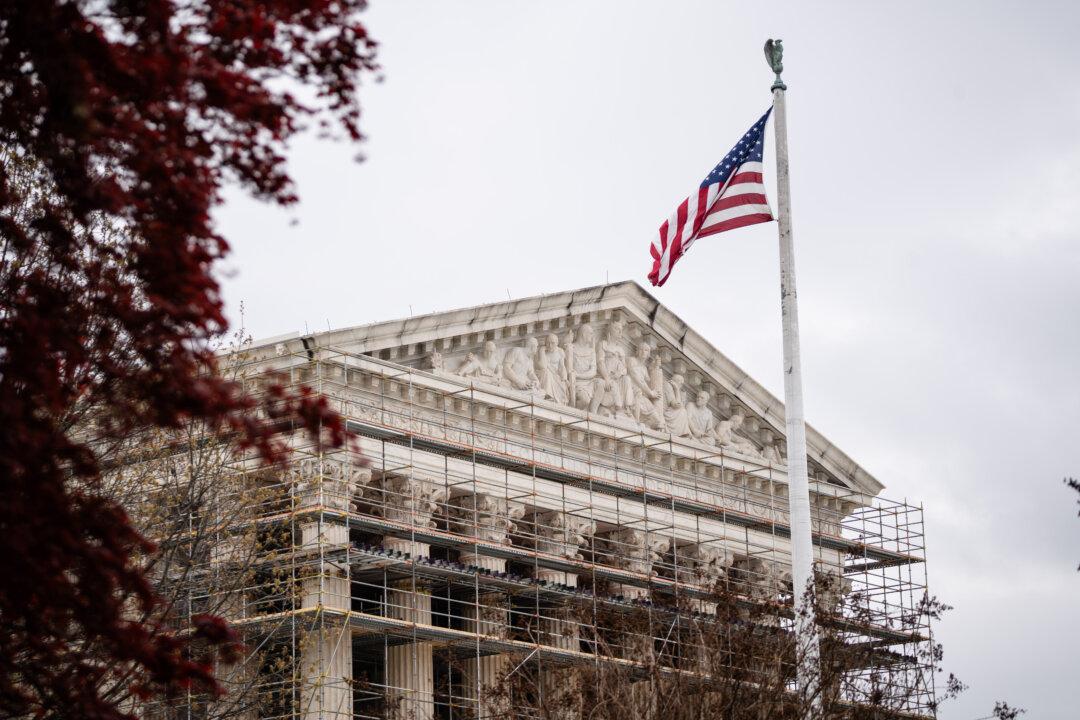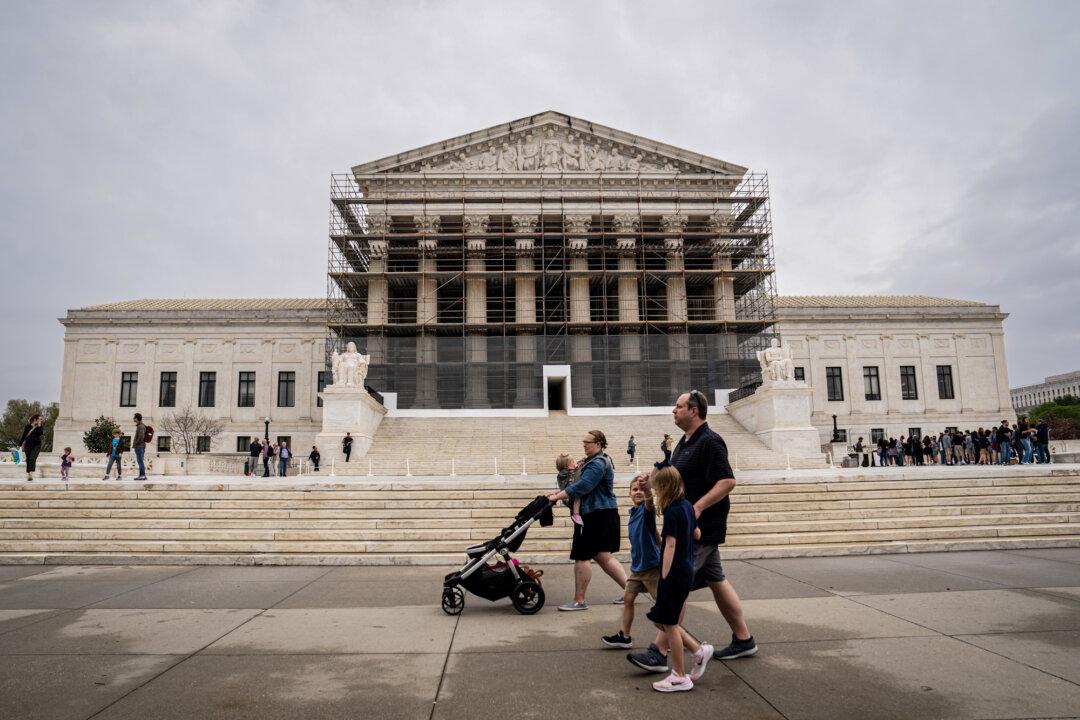An appeals court misinterpreted an international child abduction treaty in a custody dispute by ordering that a child with dual citizenship in the United States and Italy who had been living in Italy should be returned to that country for the courts there to decide custody, the Supreme Court was told on March 23.
The theory is that a parent shouldn’t be allowed to “gain an advantage in a custody dispute by abducting the child and taking her to a different country,” according to Amy Howe at SCOTUSblog. “The convention carves out an exception to the general return requirement for cases in which there is a ‘grave risk’ that returning the child would expose her to physical or psychological harm.”
In the case at hand, the Supreme Court agreed to consider whether, in such situations, courts must look at what attorneys call ameliorative measures “that might reduce the grave risk of harm if the child were to return home,” Howe wrote.
In 2018, Golan and B.A.S. traveled to the United States for a family wedding. This enraged Saada, who threatened her life and to take the child away from her, according to the petition. Golan remained in the United States and stayed in a domestic violence shelter. Saada asked a U.S. district court to return the child to Italy.
The court found in March 2019 that “returning [B.A.S.] to Italy would subject [him] to a grave risk of harm,” but despite that finding, ordered that the child be returned to Italy. Saada agreed to stay away from Golan, dismiss abduction charges he had filed against her in Italy, and begin cognitive therapy.
Golan appealed, and the U.S. Court of Appeals for the 2nd Circuit held, citing its own precedent, that the district court must consider all “remedies that might allow both the return of the children to their home country and their protection from harm.”
The case went back to the district court, which reached an agreement with an Italian court. The foreign court granted a one-year protection order saying child welfare agencies there would monitor interactions between Saada and B.A.S. Charges against the mother would also be dropped, according to the agreement. The U.S. district court found that this abated the “grave risk” and that the child could go overseas with the mother. The 2nd Circuit upheld the order and Golan appealed.
Justice Clarence Thomas is in the hospital, but Chief Justice John Roberts said he would participate in the case.
Golan’s attorney, Karen R. King, told the Supreme Court during oral arguments that the 2nd Circuit erred in its finding that the district court “must examine the full range of potential ameliorative measures and return the child if at all possible.”
This requirement doesn’t appear in the Hague Convention or its implementing legislation and “runs counter” to its “purposes and framework, which emphasize expeditious proceedings, the safety of the child, and not getting entangled in custody matters,” according to King.
“It’s contrary to the long-standing views of the State Department,” she said. “And no other signatory nation has adopted that interpretation of this treaty.”
A “safe and swift resolution” would have “allowed the child to remain in the U.S. in the interim, while the custody proceedings deal with the complex family issues ... in this case, including the implications of Mr. Saada’s sustained and horrific abuse.”
Justice Samuel Alito asked King if there were “circumstances in which you think a district court could order the return of the child, who would be at grave risk?”
She said, under the Hague Convention, which “places child safety as the paramount interest,” returning “a child after finding that there’s clear and convincing evidence of grave risk is ... fundamentally antithetical to the convention.”
“I think that’s a strong argument,” Alito said.
Because the International Child Abduction Remedies Act (ICARA) of 1988 implementing the Convention doesn’t address this, “could it not be done by the courts in the case law interpreting it?” he asked.
Frederick Liu of the U.S. Department of Justice said the 2nd Circuit “misunderstood the scope” of its discretion and was wrong to insist on adopting its own rule on top of ICARA. He urged the Supreme Court to vacate the circuit court’s decision and remand the case for further proceedings.
Roberts said the case has dragged on for too long–3 1/2 years—“under a convention that is designed to get this resolved quickly.”
Saada’s attorney, Richard Min, told the court that it was time to resolve the custody dispute.
The treaty “is not about who should have custody but, rather, where those decisions should be made,” according to Min.
“The Italian courts have already issued orders protecting this child, and they have ... scheduled a hearing in June to address issues of custody,” he said.





